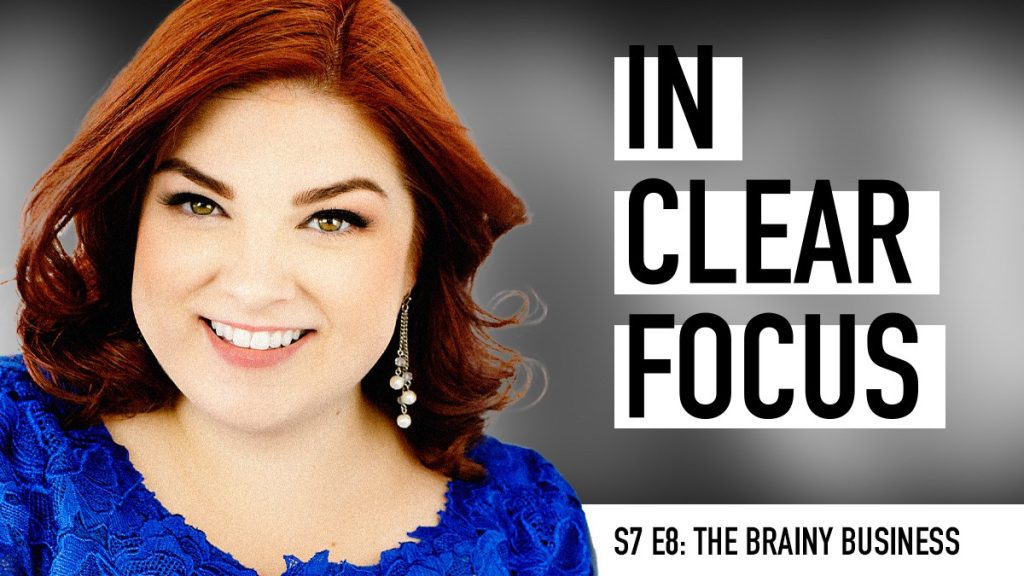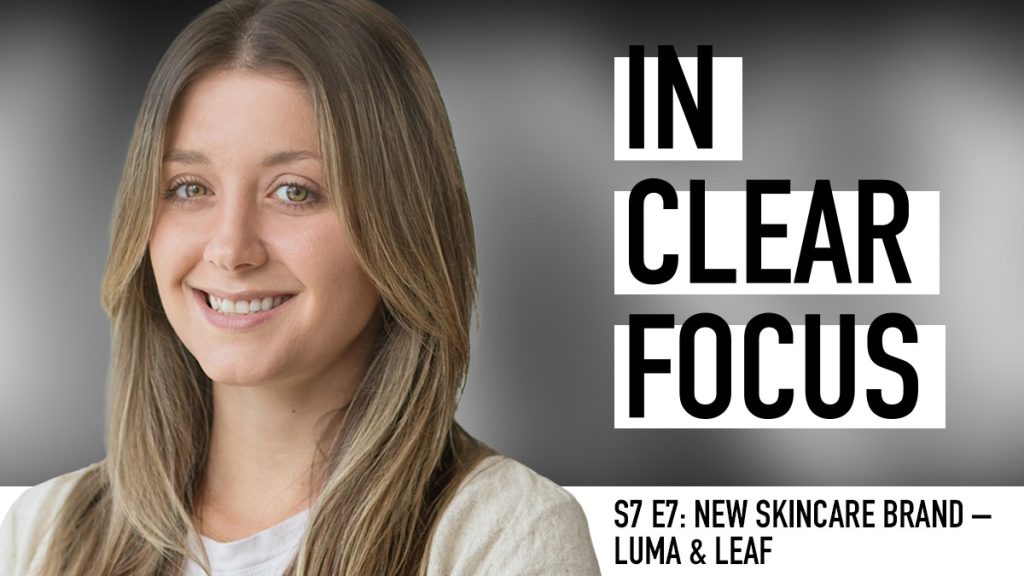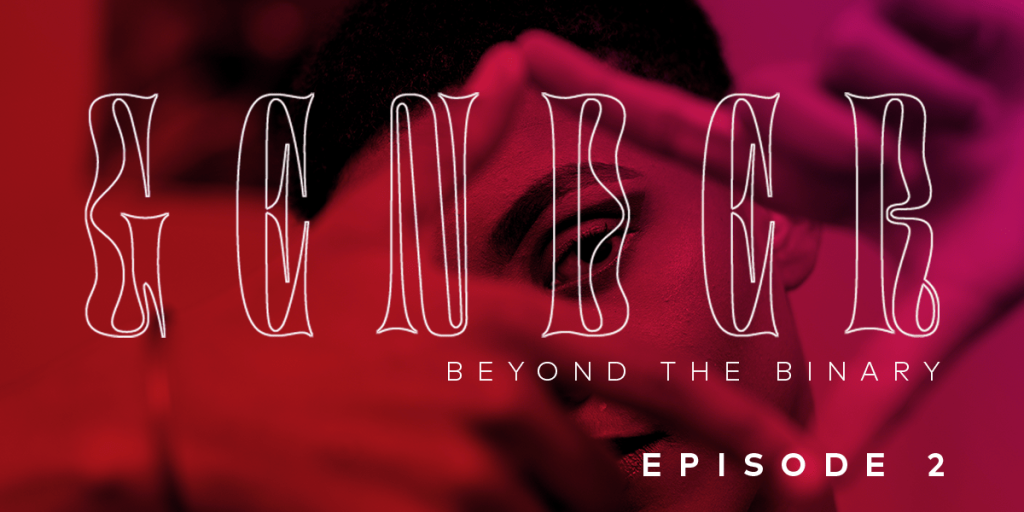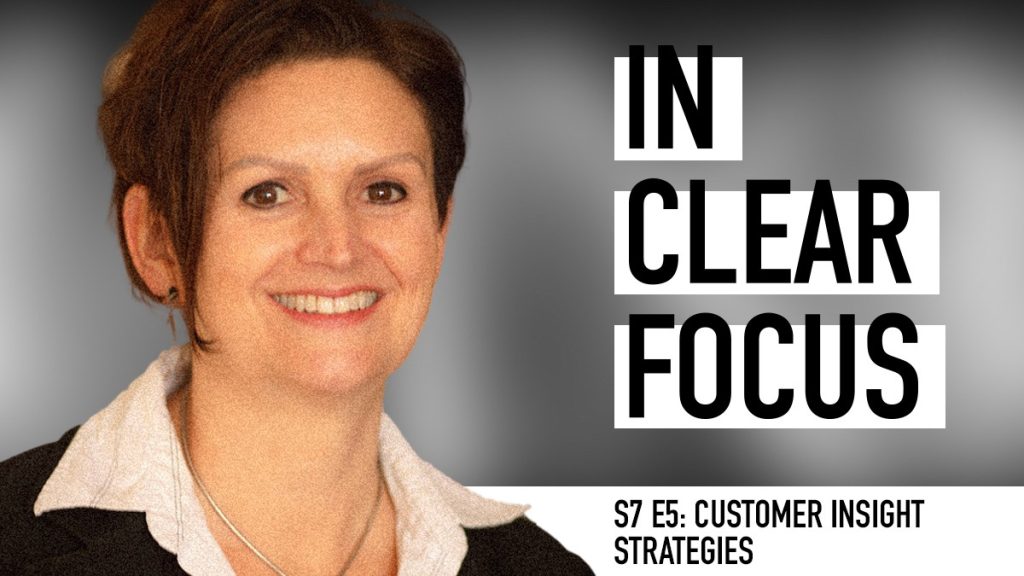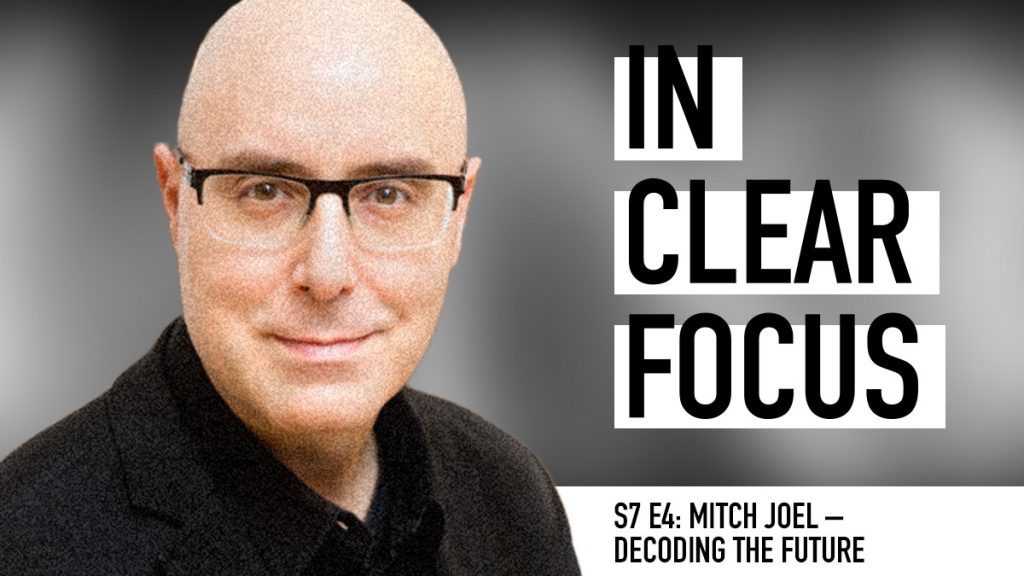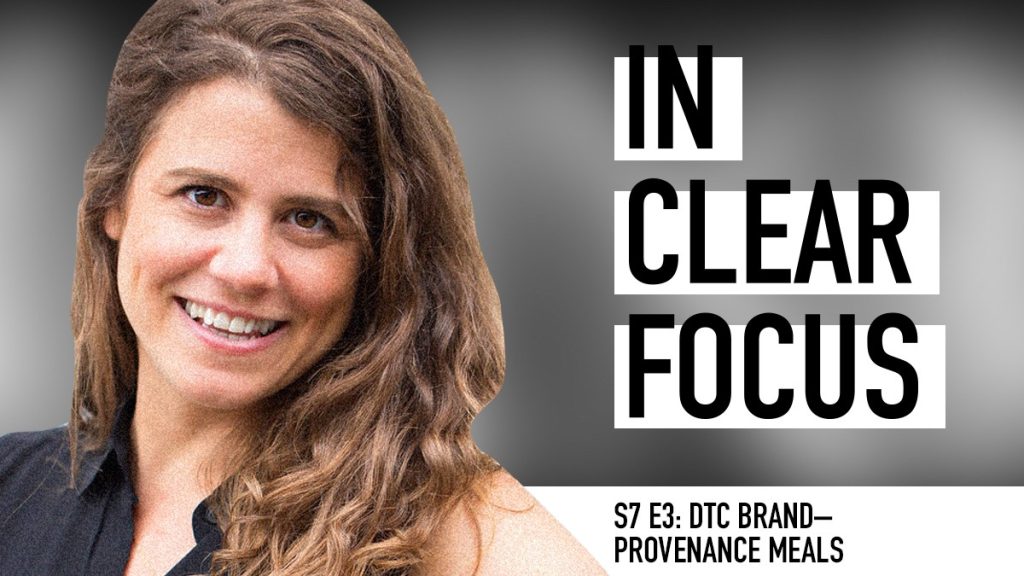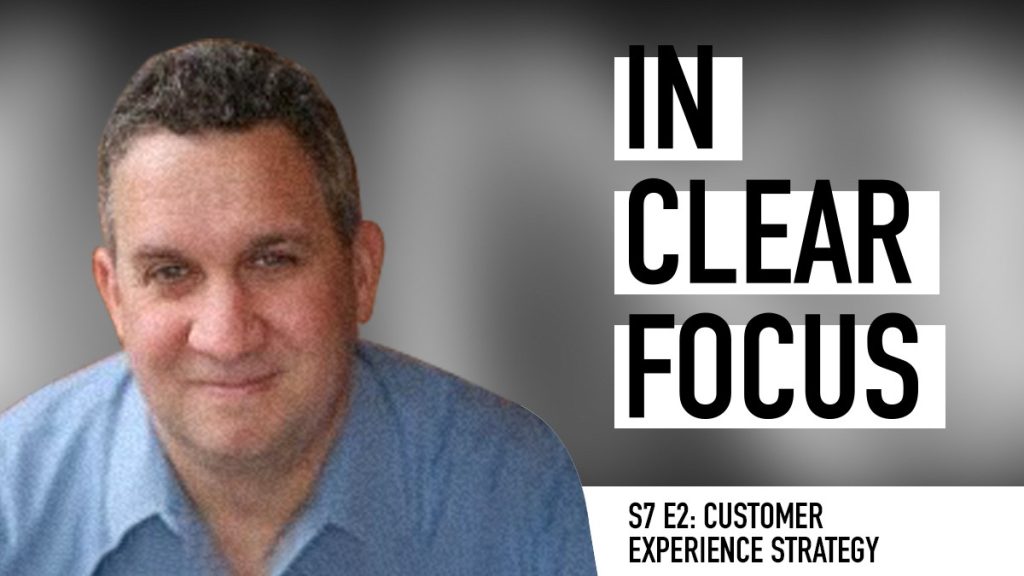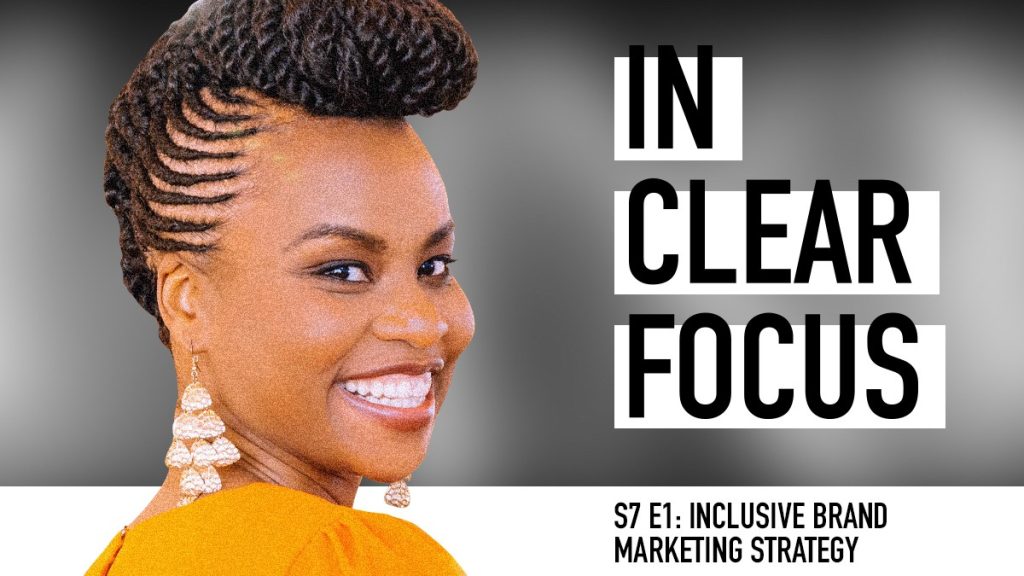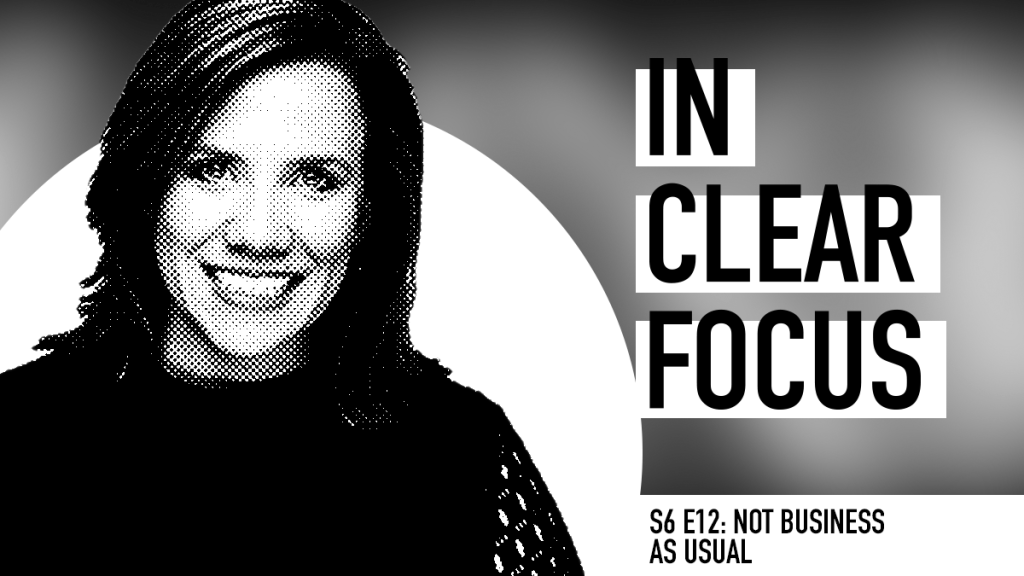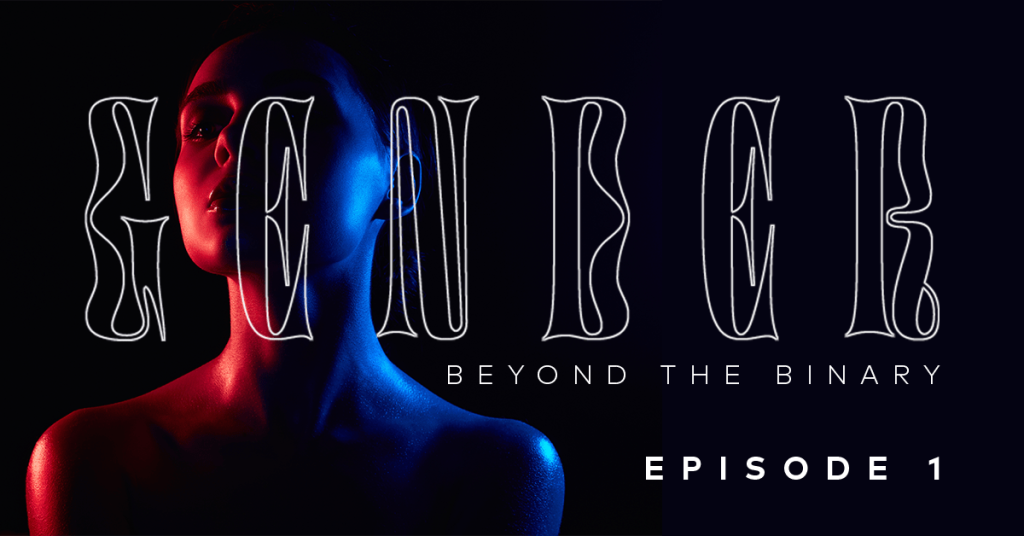The Brainy Business
Melina Palmer is a Behavioral Economics consultant whose podcast, The Brainy Business: Understanding the Psychology of Why People Buy, is listened to in over 160 countries. We discuss Melina’s new book, What Your Customer Wants and Can’t Tell You, and how advertising professionals can benefit from understanding concepts including framing, priming, and herding. Melina provides …

